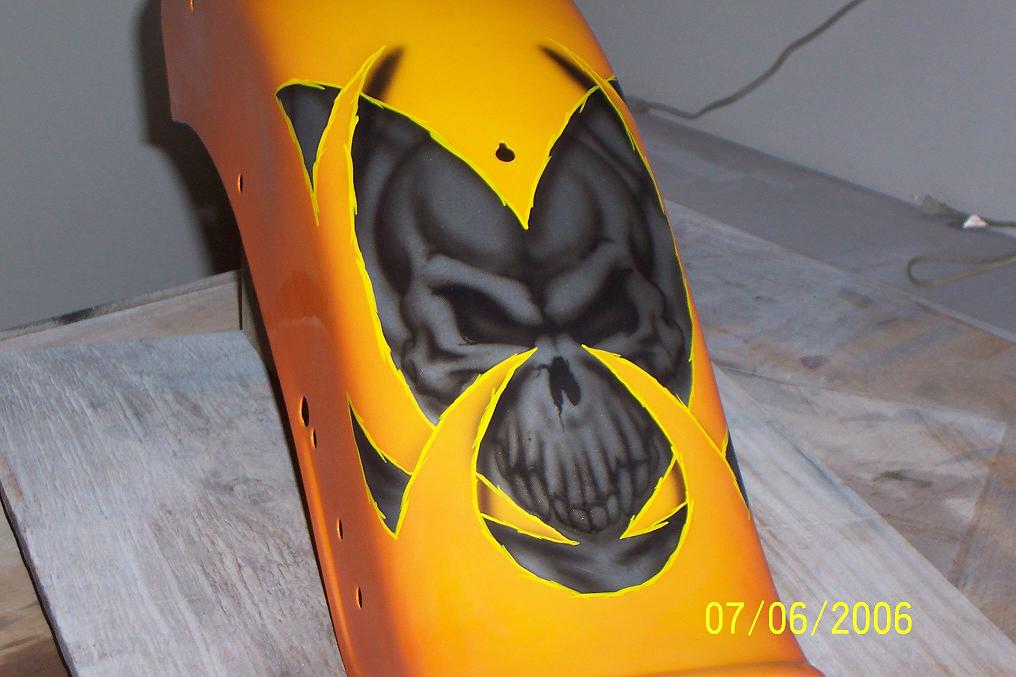
 |
|
||||||||||||
|
|
|||||||||||||
|
|
|||||||||||||
|
|
|||||||||||||
|
Polymer protective coatings. Polymer protective coatings are applied to the surface of a product in the form of hot resin to protect it from the outside environment. Coating with resin can be done by dipping, gas-thermal or vortex spraying, as well as with a conventional brush. After cooling, a protective, continuous film of polymer is formed on the surface, usually a couple of millimeters thick. The most common polymers used for corrosion protection are: polystyrene, polyethylene, polypropylene, polyisobutylene, fluoroplastics, epoxy resins, etc. Polymeric protective coatings can be applied as lining of chemical apparatuses, tanks (reservoirs). Protective coating with rubbers (rubberization). Rubber and ebonite protective coating (gumming) is used for protection of various containers, pipelines, tanks, chemical apparatus, tanks for transportation and storage of chemicals against external environment. Protective coating can be formed of soft rubber (when the operated product is exposed to shock, tensile, oscillatory and other types of loads) or hard rubber (which operate at a constant temperature, are not exposed to loads). The softness of rubber is controlled by sulfur additives. Soft contains 2 to 4% sulfur, and hard contains 30 to 50% sulfur. Both rubber and ebonite are often used to obtain a durable protective coating. Rubber is applied to a previously cleaned and degreased surface, first treating it with rubber glue, then squeezing out the accumulated air with a roller. The final step in gumming is vulcanization. Rubber protective coatings are good dielectrics and are highly resistant to many acids and alkalis. Only strong oxidizing agents have destructive effect on rubber coatings. Rubber coatings, like all polymeric materials, have the negative property of aging over time. Protective coatings with silicate enamels. Protective coatings with silicate enamels are applied to products working at high temperatures, pressures, in very aggressive, chemically active environments. The formation of an enamel protective coating is possible in two ways: dry (powder application) or wet (paste). The enamel coating process is carried out in several stages. First, a powder-like primer enamel is applied directly to the product, which improves adhesion and reduces thermal and mechanical stresses. Sintering is carried out at a temperature of 880-920oC. Then a layer of covering enamel is applied, and then sintered at 840-860oC. If it is necessary to apply several layers of silicate enamel, the above operations are carried out alternately several times. Usually, cast iron products are covered with two to three layers of silicate enamel, with a total thickness of up to 1 mm. The main disadvantage of enamel protective coating can be called low strength when exposed to shock loads, i.e. cracking, shearing. Protective coatings of pastes and greases. Protective coatings of pastes and greases are used mainly during long-term storage and transportation of metal products. Pastes or greases are applied to the surface of the protected object by spraying, with a brush or a special tampon. After drying, a protective film is formed. It protects products from moisture, dust and various gaseous substances. Greases are made on the basis of mineral oils (Vaseline, machine oil) with an admixture of wax-like substances (wax, paraffin, soap). If a product is made of steel, some alkali is added to the grease. A very popular grease that contains 5% of paraffin and 95% of petrolatum (a mixture of paraffin, oils and ceresins). Suspensions of mineral waxes (ceresin) or paraffin and rubber and polyisobutylene in white spirit are used to make paste-based protective coatings. Protective coatings of pastes and greases are very effective, but their main disadvantage is that the integrity of the formed film is very easy to break. |
|
|
|
|
|
|
|
| Site Map |